Audio mp3: »The New Wave of Irish Folk Performers«, 8:09 min
Having attended the 2022 RTÉ Radio 1 Folk Awards in the prestigious Vicar Street venue in Dublin last November 18th, I came away with more than a few thoughts on the current state of the art of Irish folk and traditional music. I thought you might like to know who to look out for in Irish folk and traditional music over the next year.
Text: Seán Laffey
First let’s unpack that phrase, folk and traditional, therein lies the complexity in Irish music. Traditional music is more or less straightforward, a body of instrumental melodies, the majority of which is dance music, which is now paradoxically divorced from dancing, the remainder encompassing slower free-form melodies, many are derived from old Gaelic songs and a body of tunes passed down from the bardic harpers of the 16th to 18th century. This is the staple repertoire of bands such as The Bonny Men, Teada, Tulua, Socks in The Frying Pan, Danú and 3 On The Bund all of whom are channelling the spirit of the Bothy Band from the 1970s.
Song is more complex; there is sean-nos, literally old style, songs in Irish with a free metre, a highly decorated style and idiosyncratic performances, it doesn’t export easily. Folk songs in English have a mixed provenance, songs from the North of Ireland (where the English language was established first), ballads from the urban centres of the south notably Dublin and Cork, and commercial folk music that has its roots in Americana. You will find performers in all of these styles, some more “pure drop” some willing to freely cross genres.
Those RTÉ awards are presented each year by the national state broadcaster, they are relatively recent, having begun in 2018. In comparison the BBC Folk Awards (which many Irish acts have won over the years) began in 2000. Indeed, the Irish contribution to British Isles folk music is immense. The piper and collector Seámus Ennis did so much to record source folk songs in the 1950s for both Radio Éireann (the precursor RTÉ) and the BBC. Songs and tunes that came out of the first wave of the revival are now being rediscovered by this generation’s crop of Irish folk performers. My two major takeaways from those awards were, firstly, songs in the Irish language dominated the live show and, secondly, Americana seemed a bit old hat, the veteran group Scullion did perform a piece that was essentially Americana, but the big buzz in the room was for crossover music by the Irish/Persian band Navá.
Longevity is a major factor in Irish folk music, the country’s most successful folk singer is 77-year-old Christy Moore, and his shows are always sold out, often 3 or 4 months in advance. Many musicians don’t begin to play semi-professionally until their late 30s or early 40s. There isn’t an obsession with youth as there is in pop-music culture. Although universities and colleges do tend to encourage their students to form ensembles, even if they are relatively short lived. Check out 3 on The Bund formed in 2019, featuring the German uilleann piper Simon Pfisterer, they are a product of the Irish World Academy at the University of Limerick (a separate article on the Irish World can be found
here).
Two of the most successful and authentic performers came out of the Ceoltóir course at the Ballyfermott College of Further Education in Dublin: local boy Daoirí Farrell, and Cavan girl Lisa O’Neill. They both sing in English and explore a rich back catalogue of folk songs, O’Neill writes original songs in a very traditional style, whereas Farrell has a wide repertoire, ranging from obscure 19th century ballads, to songs collected by the late Frank Harte and the songs of Liam Weldon. Revelling in authentic unvarnished folk songs is also a feature of the work of the duo Ye Vagabonds, the brothers Brían and Diarmuid MacGloinn from county Carlow, they not only sing Irish songs but also look to the wider British Isles tradition, their version of “The Foggy Dew” song was particularly well received by critics – it is not to be confused with the Irish rebel song of the same name (a separate Artikel on Ye Vagabonds can be found here). Another band dipping into English folk song are Lankum. They didn’t come through a university route, having begun life as punk buskers on the streets of Dublin, fronted by the voice of Radie Peat they are feted on the UK folk circuit where they are recognised as carriers of a deep song tradition, their newly composed work is also extremely melodic.
Another artist to look out for is Cathal Ó Curráin, a singer, fiddler and bouzouki player from Gweedore Donegal, he is a graduate of the University of Limerick’s Irish world Music Academy mentioned above, and is a rising star, having toured in the USA and fronted TV shows on the Irish language channel TG4. He performs with the Donegal trio The High Seas and also with Aoife Scott, the daughter of Frances Black of the famous musical dynasty. Aoife is a natural performer and has a captivating way with an audience, naturally witty her shows are delight. One trend of late is for female artists to get better opportunities from venues and promoters, look out for Muireann Nic Amhlaoibh, Niamh Dunne, Pauline Scanlon, Susan O’Neill, Emma Langford and Sina Theil as representatives of this new wave of women singers.
Are there any up-and-coming bands? Post-covid, the economics of touring make it difficult to sustain a band these days. Ireland has music festivals and plenty of pubs hosting sessions, but there are few venues that make up a viable circuit, so bands tend to form ad hoc. Daoirí Farrell sometimes tours in Europe with a trio for example. Many artists look to the USA to fill in the summer months, some bands are semi-professional, the excellent Jigjam who play a mix of Irish and Bluegrass music or the young Galway band Boxing Banjo who have a number of teachers in their ranks – a summer playing the US festival circuit is an attractive option for them.
Navá
Foto: Promo
The Milwaukee Irish Festival held in August each year – in arguably one of the USA’s most German cities – is a gateway for artists to play in the States. Milwaukee Irish Fest collaborates with Temple Bar Trad Fest (end of January each year) and organises a Dublin show case for up-and-coming acts, festival organisers come over from America and select talent that most impresses them. Perhaps it’s time for German promoters to book a weekend in Ireland and see some of the rising stars in hometown action?
Sean Laffey is a writer, editor and photographer with Irish Music Magazine since 1996. He has also recorded two albums with the late Liam Clancy. He can be contacted on slaffey@gmail.com, www.irishmusicmagazine.com
www.3onthebund.com
www.aoifescott.com
www.boxingbanjo.com
www.caitlin.ie/the-high-seas
www.cathalocurrain.bandcamp.com
www.danu.net
www.daoiri.com
www.emmalangfordmusic.com
www.jigjam.ie
www.lankumdublin.com
www.lisaoneill.ie
www.muireann.ie
www.navatheband.com
www.niamhdunne.com
www.niamhdunne.com
www.paulinescanlon.net
www.sinatheilmusic.com
www.socksinthefryingpan.com
www.susanoneill.ie
www.teada.com
www.thebonnymen.ie
www.tuluamusic.com
Video links:
3 on the Bund, „Rosewood“: www.youtube.com/watch?v=zzBg8oQ76JI
Navá, „Hess“ (حس): www.youtube.com/watch?v=H-gu1uzY1ww&t=94s
Daoirí Farrell & Dónal Lunny performing „The Creggan White Hare“ at The Tommy Tiernan Show on RTÉ One: www.youtube.com/watch?v=8hlqg5TmLr0
Lisa O’Neill, „Silver Seed“: www.youtube.com/watch?v=7VIaU7nC1mk
Lankum, „Go Dig My Grave“: www.youtube.com/watch?v=qhqpQiXnFx0
Aoife Scott, „All Along The Wild Atlantic Way“: www.youtube.com/watch?v=iuBwEeQ2FI4
Boxing Banjo playing the German Irish Spring Festival in 2019: www.youtube.com/watch?v=7Kqq5kilyDc


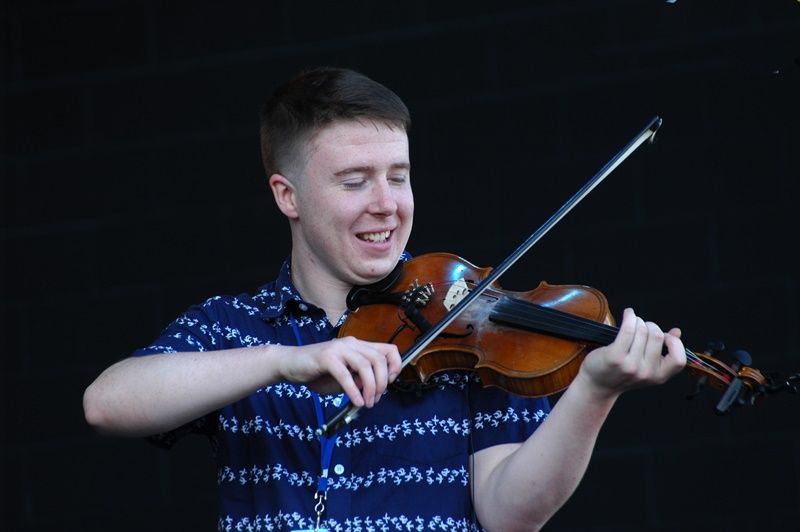
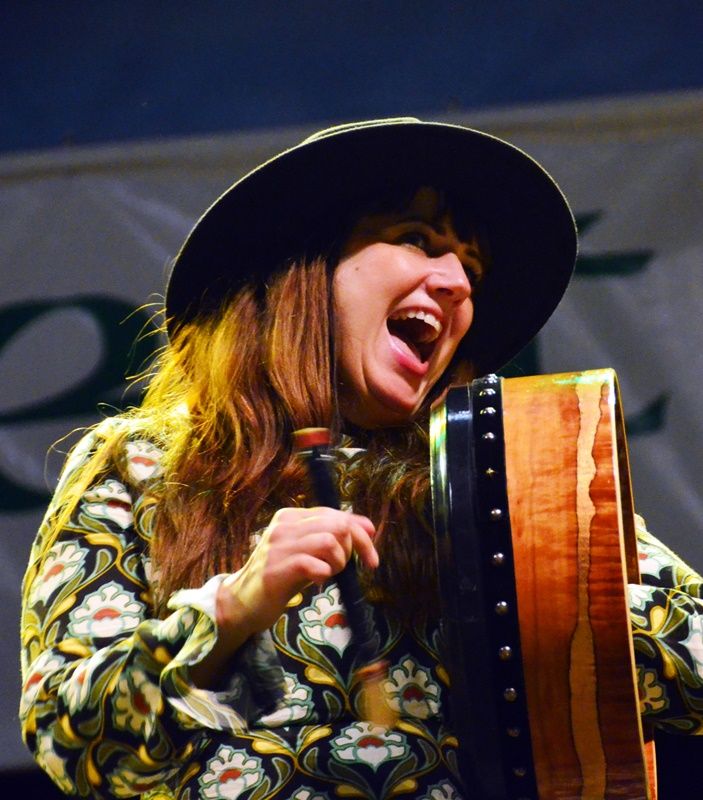
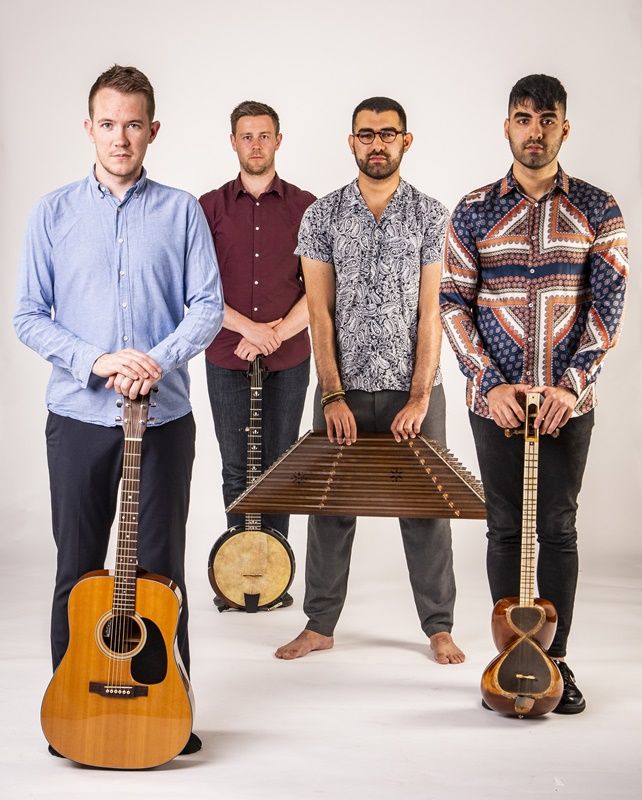
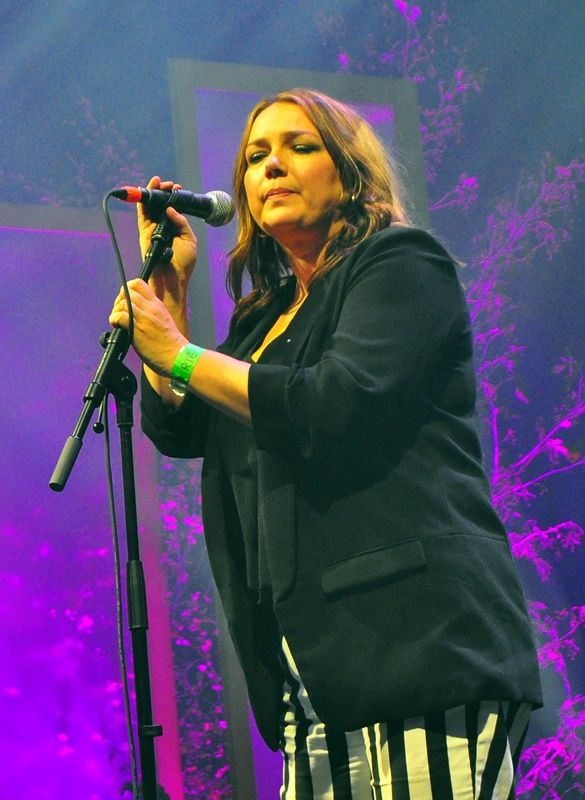
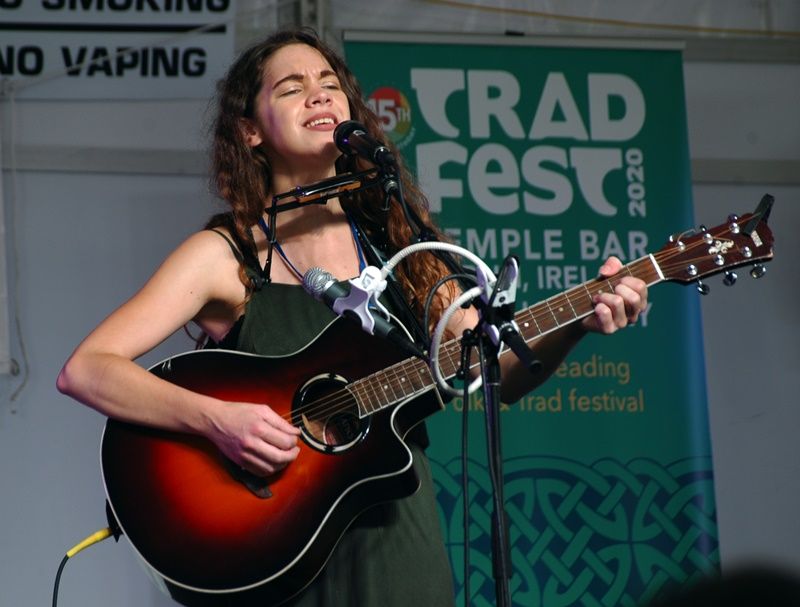

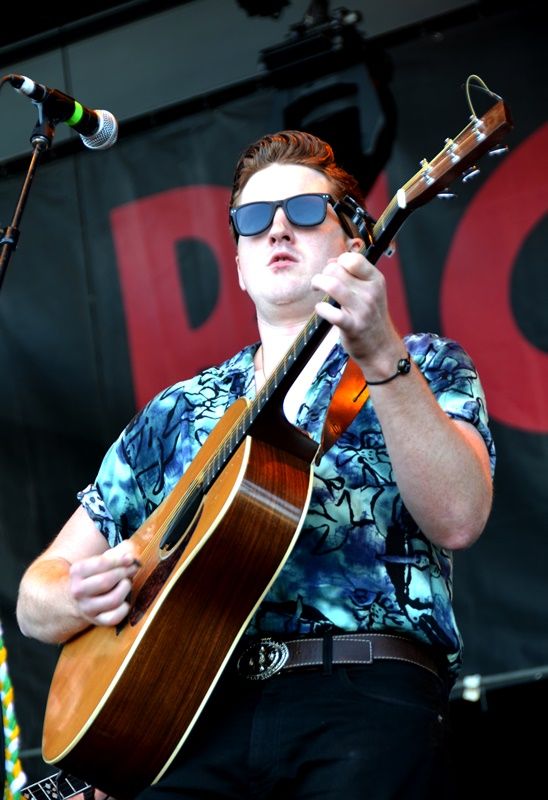
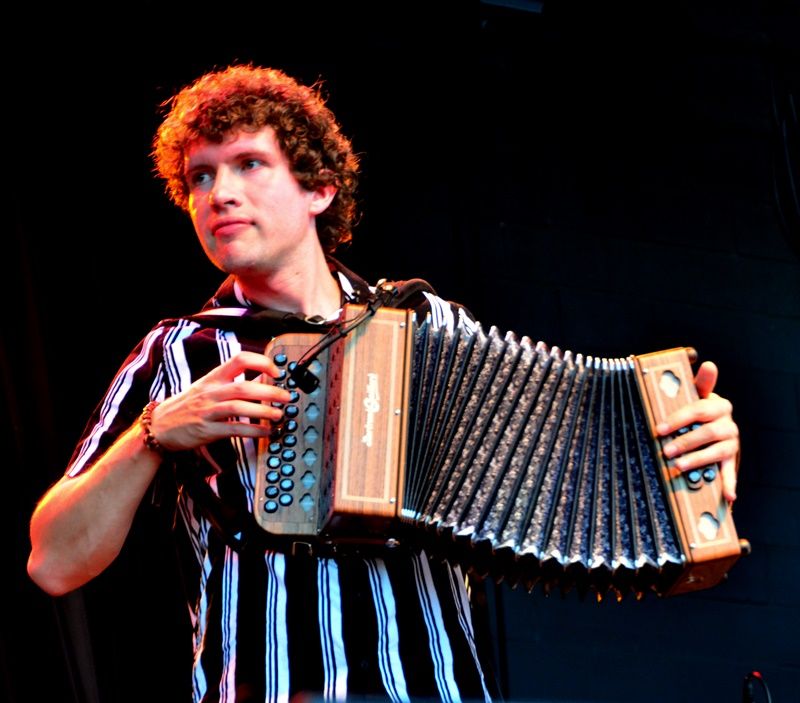
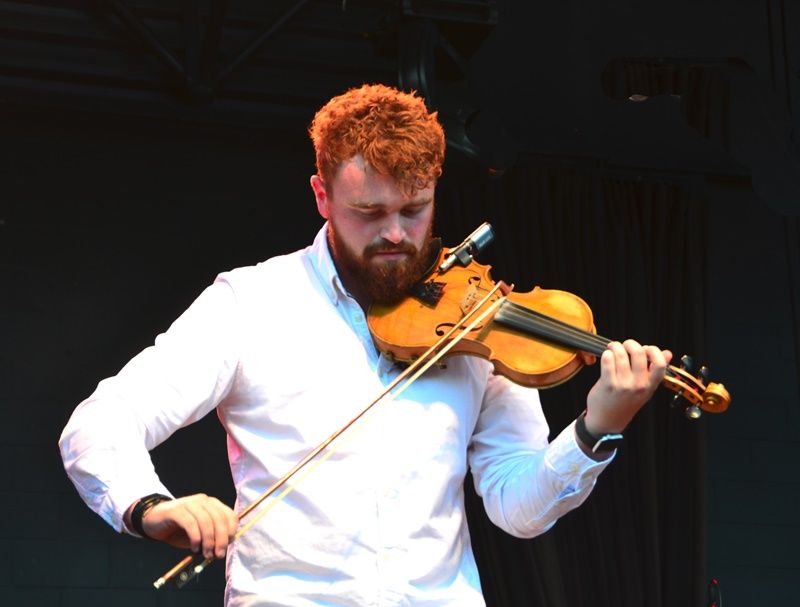
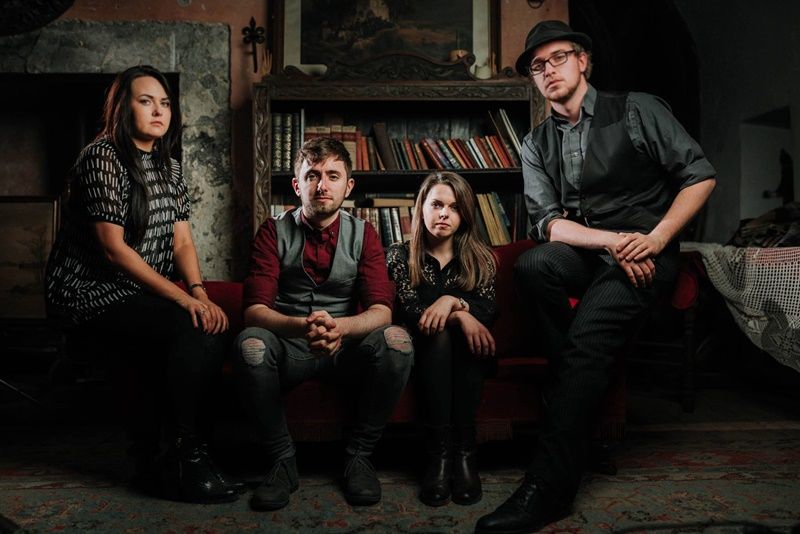

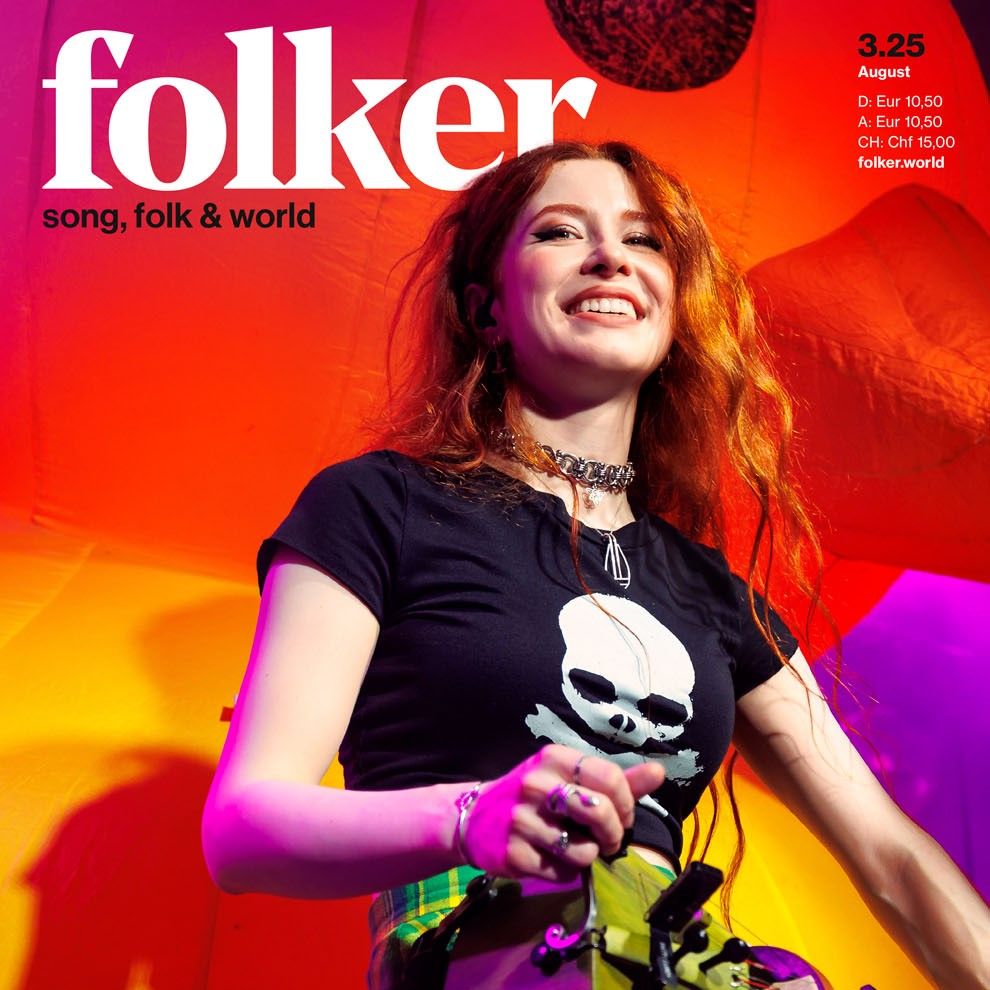
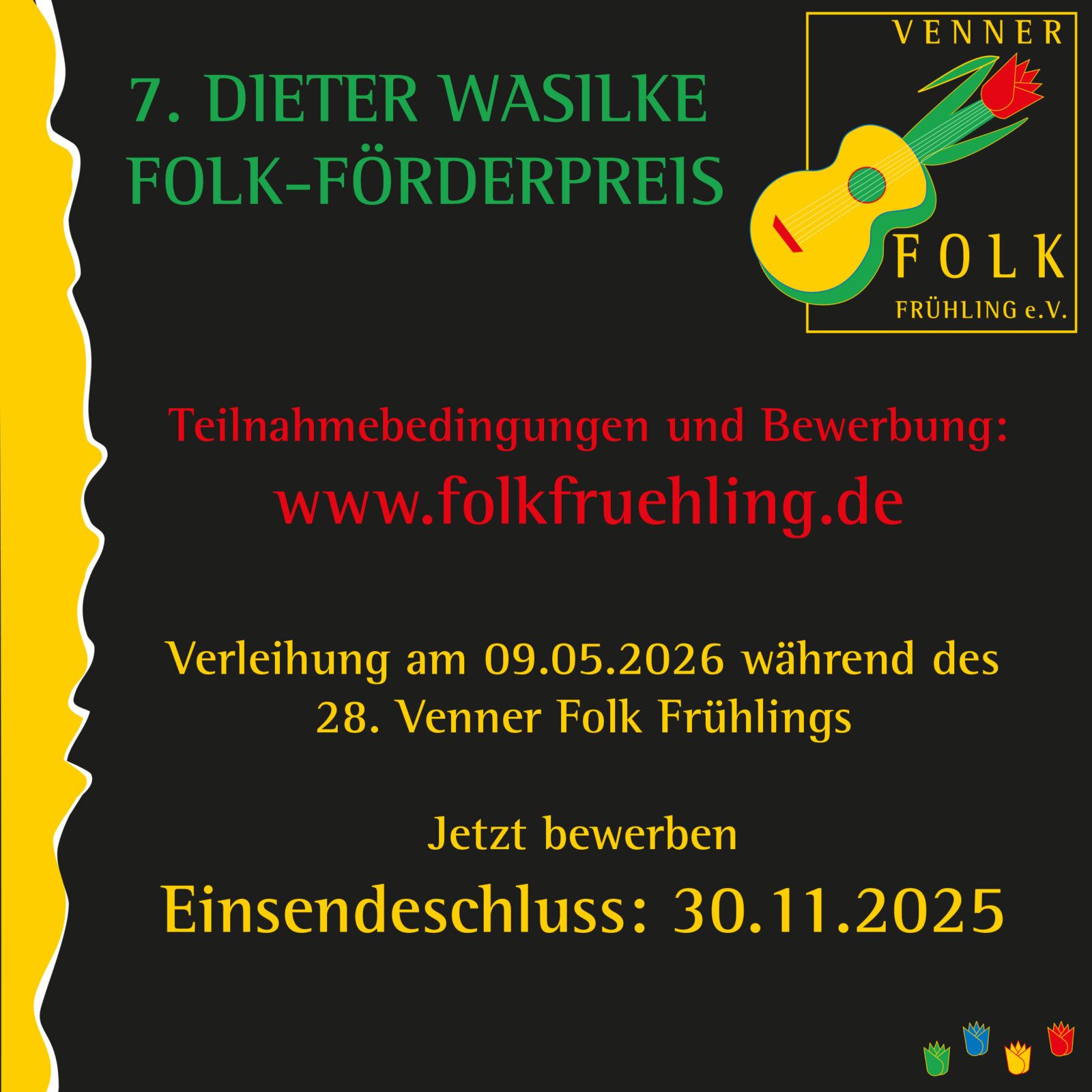
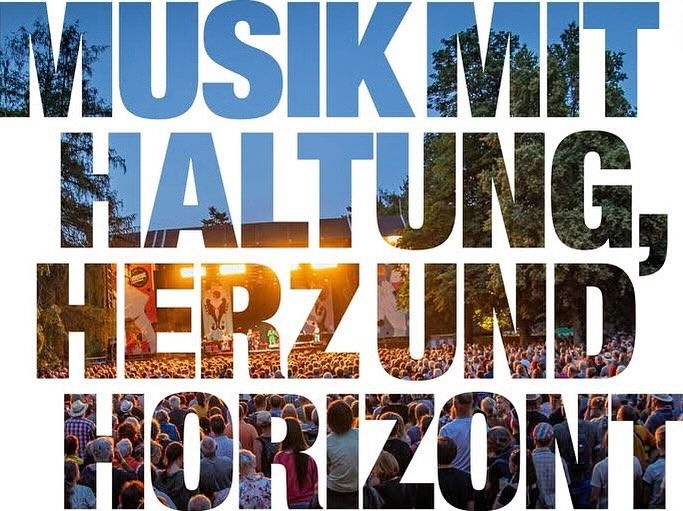
0 Kommentare